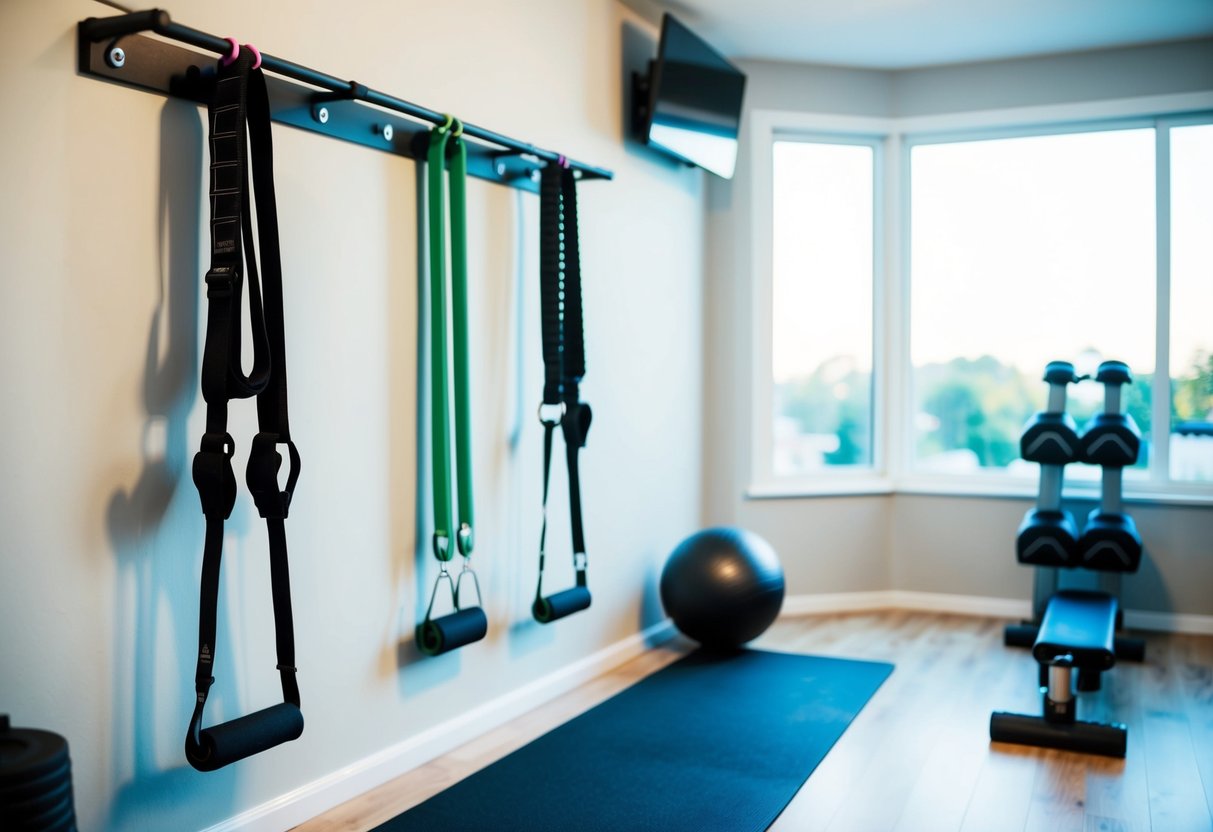DIY Resistance Band Exercises for Full-Body Fitness at Home
When it comes to achieving full-body fitness at home, resistance band exercises offer a versatile and effective solution. These simple tools provide a great way to engage in resistance training, helping to build muscle and increase strength without the need for bulky gym equipment. Resistance bands allow individuals to perform comprehensive home workouts, targeting various muscle groups and offering a practical alternative for those who prefer exercising in the comfort of their own space.
With an array of exercises that can be performed using resistance bands, individuals can easily adapt their routines to suit their fitness levels and goals. This flexibility makes it possible to create a personalized strength training regimen that focuses on building overall strength and improving muscular endurance. From squats and lunges to chest presses and rows, the exercises can be varied and challenging.
Many people are discovering that resistance band workouts can be both time-efficient and cost-effective. By incorporating these exercises into a regular fitness routine, they can maintain their health and wellness goals without needing a gym membership. This adaptability and convenience of resistance training make it an appealing choice for anyone looking to maintain an active lifestyle at home.
Choosing the Right Resistance Band

Selecting the appropriate resistance band is crucial for maximizing fitness results at home. Consider the various types, resistance levels, and top picks for effective workouts.
Types of Resistance Bands
Resistance bands come in different forms. Loop bands are circular and are often used for lower-body exercises like squats and lunges. Tube bands, equipped with handles, are versatile for both upper and lower body. There are also therapy bands, typically flat and used in rehabilitation or stretching exercises. Each type has its advantages, and the choice depends on the specific exercises planned and personal preference. Opt for several types to provide variety in workout routines, accommodating all fitness levels and exercise needs.
Understanding Resistance Levels
The resistance level of a band is key to ensuring a productive workout. These bands generally come in light, medium, heavy, and extra heavy resistance levels. Light bands work well for beginners or those focusing on high-rep exercises or rehabilitation. Medium resistance provides moderate challenge, suitable for intermediate users. Heavy and extra heavy bands are ideal for experienced users looking to intensify their strength training. Matching the band’s resistance to one’s fitness level helps in avoiding injury and achieving effective muscle engagement, enhancing the workout’s impact.
Best Resistance Bands for Home Workouts
Many brands offer reliable bands for home use. Look for those made from durable materials that can withstand repeated use. Some of the best resistance bands feature anti-snap technology for enhanced safety during intense sessions. Additionally, customizable sets allow users to adjust resistance levels easily by combining multiple bands. Comfort features, such as cushioned handles or non-slip materials, also enhance the workout experience. Investing in quality bands adds variety and flexibility to home fitness routines, ensuring consistency and progression in achieving fitness goals.
Fundamentals of Resistance Band Training

Effective resistance band training relies on precise techniques that enhance balance and target stabilizing muscles. Focusing on proper posture, controlled breathing, and correct movement ensures optimal strength gains and improvements in building strength.



